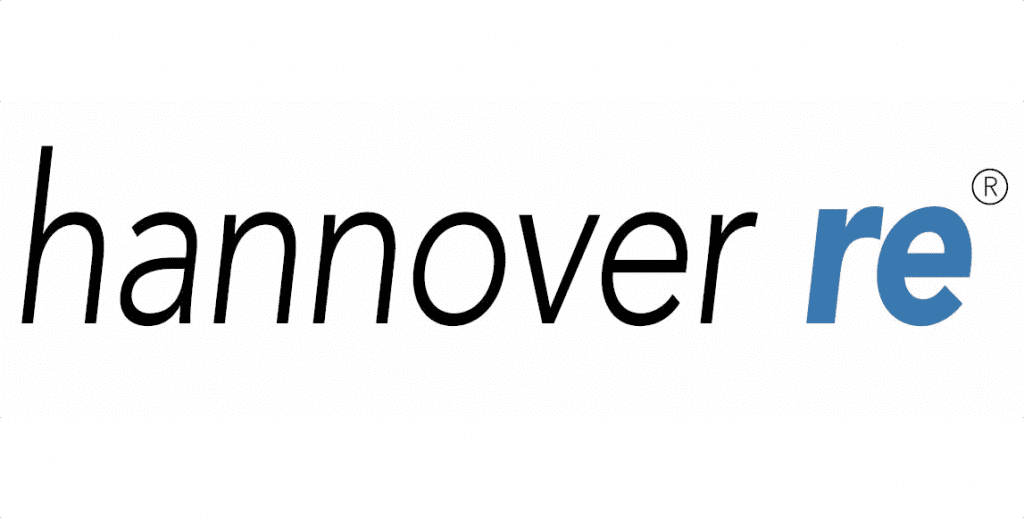Retro could take up to EUR124m of Hannover Re’s gross hurricane Ian loss

Hannover Re’s CFO Clemens Jungsthöfel revealed that the reinsurance company is anticipating a gross loss from hurricane Ian of close to EUR 400 million, excluding effects from its ILS fronting business, which suggests as much as EUR 124 million in losses will be shared with retrocessionaires.
In Hannover Re’s nine month statement this morning, the reinsurance company announced a net loss from hurricane Ian of EUR 276 million, which it said was before its retrocessions and insurance-linked securities (ILS) related business was taken into account.
Now, during an analyst call this morning, the firm’s CFO has explained that the current expectation is that the gross loss from hurricane Ian will be nearer EUR 400 million, although that still excludes any contribution from the ILS activities.
The gap between the two is expected to fall to Hannover Re’s retro partners, which will include some ILS funds and institutional investors, while a share is expected to be taken by the long-standing K-Cessions quota share sidecar vehicle.
Hannover Re’s CEO, Jean-Jacques Henchoz, explained that when it came to hurricane Ian, Hannover Re was underweight Florida.
“Our deliberately modest market-share in Florida has helped to avoid too much exposure to the largest individual insurance event of 2022 hurricane Ian. With a current estimated EUR 276 million net impact for Hannover Re, we are clearly underweight versus our global market share in P&C reinsurance,” the CEO explained.
CFO Clemens Jungsthöfel went into more detail on the gross impact to Hannover Re.
“The largest nat cat loss this year was hurricane Ian, at EUR 276 million net for our account. This early loss estimate is based on an industry loss estimates of between US $50 and 60 billion excluding the NFIP loss,” he explained.
Adding that, “We have a rather low market-share Florida which has even decreased over the last years, as we have actively diversified our cat book into other regions and perils.”
Then moving on to speak about what Hannover Re’s retrocession partners should anticipate, Jungsthöfel said that, “Based on early estimates, the gross loss for Hannover Re, excluding ILS fronting activities, is expected to be slightly below EUR 400 million, and our retrocession programme is providing the expected relief to arrive at the net number.”
Which suggests that the gap between the EUR 276 million net loss and the near EUR 400 million gross, is being filled by Hannover Re’s retrocession program, which will also include losses ceded through the proportional arrangement with the K-Cession sidecar vehicle.
Sven Althoff, the member of Hannover Re’s board responsible for the P&C reinsurance business, said that it’s too early for any insights into how the ILS fronting activities may affect the gross loss figure from hurricane Ian.
“You are of course aware that we have the ILS activities, so the spread between gross and net, particularly on Ian, will be more significant than the EUR 400 million versus EUR 276 million. We are in the midst of calculating this bottom up. So I don’t have any numbers for you yet on the ILS side,” he explained.
With Hannover Re fronting a significant number of collateralized reinsurance arrangements through its balance-sheet, for ILS funds and investors, the gross loss flowing through its books to those entities means the gross loss from Ian will potentially be a lot higher, although these losses will be covered by the collateral posted by ILS fund managers and investors to support those participations.
Later in the call, Althoff also gave some colour as to how the adjustements to Hannover Re’s retro program for 2022 could have affected its recoveries.
With retrocession capital less available this year, while pricing was higher and retrocessionaires and investors demanding greater returns to deploy capital, Hannover Re, like many others, purchased a smaller retro program at the start of the year.
Althoff said that, “From a gut feeling, I can tell you that the impact of the amended retrocessional structure we have for 2022, compared to 2021 is not very significant.
“The only loss which we have experienced right now, where the net position would have been slightly different from an excess-of-loss point of view, is potentially hurricane Ian where the lower attachment point on our whole-account event protection last year would have meant that we would potentially attached earlier on the Ian side, but that in fact would not have been very material.”
As part of the reduced retro program, Hannover Re’s capital markets backed K-Cessions quota share sidecar facility declined 26% to around $450 million for 2022.
Althoff said that while this means a lower cession rate, of the high 20’s for 2022, compared to low 30’s in 2021, the fact more risk is retained actually delivers more profit as well.
“From a profitability point of view, given that we are still within our annual natural cat budget at least, even though we are over and above our major last budget overall including man-made, the gut feeling is that from a profitability point of view the reduced cession on ‘K’ would not have changed the picture,” Althoff explained.







